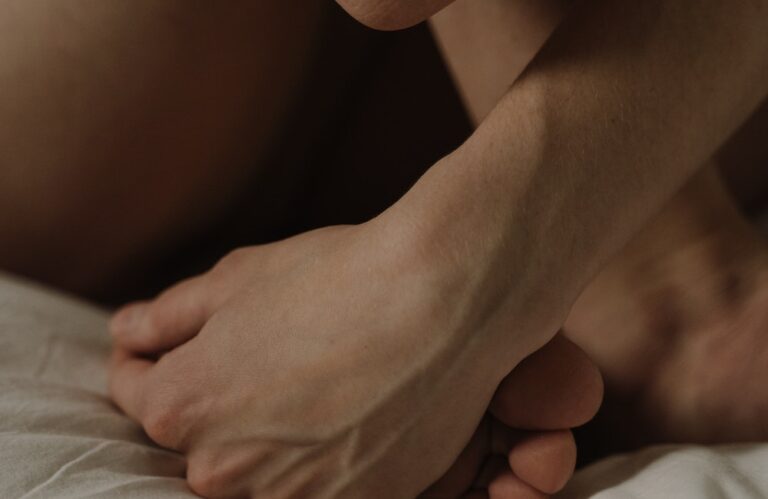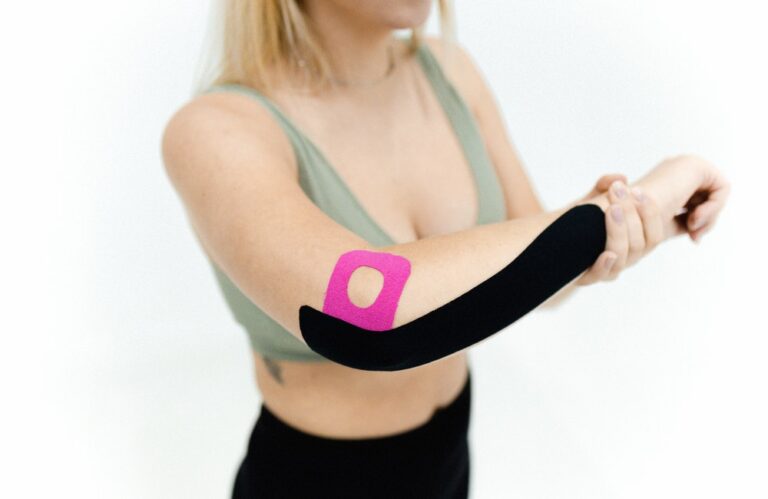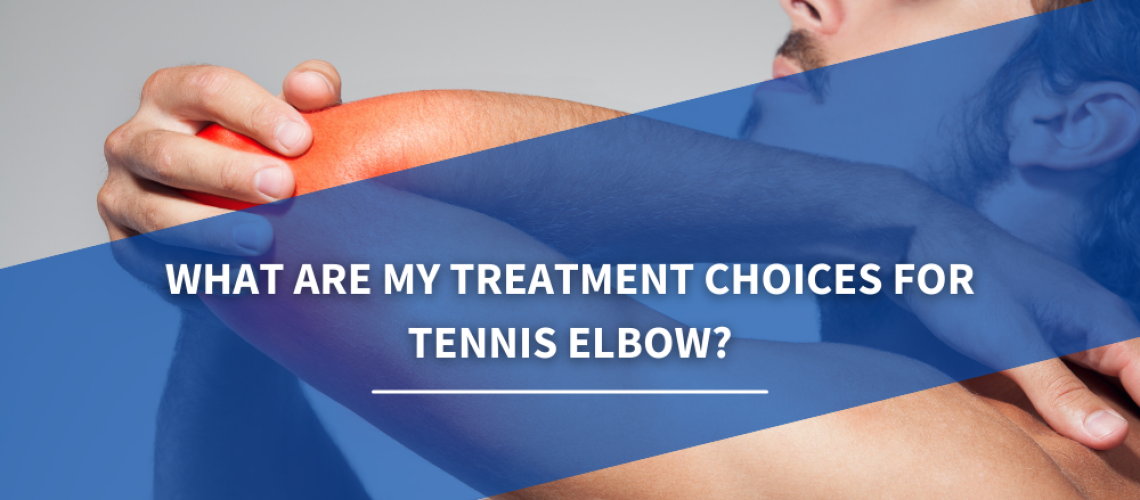What are my treatment choices for tennis elbow?
Tennis elbow (1) is a painful condition which can also involve the forearm and wrist. This can make it an uncomfortable and debilitating ailment, restricting your movements and everyday activities.

It doesn’t just affect tennis players but anyone who uses that area repeatedly.
If you have tennis elbow, read on to learn more about it and how it can be treated.
What is tennis elbow?
Tennis elbow, also known as lateral epicondylitis, refers to inflammation of the elbow joint. People with tennis elbow experience pain on the outside (lateral side) of the elbow, which may extend into the forearm and wrist.
They may also experience a weak grip and pain when performing specific tasks such as opening jars or using tools.
People can develop tennis elbow when the extensor tendons in the forearm get damaged. This can happen after repetitive movements, for example, when:
- Playing tennis
- Playing golf
- Using a computer keyboard
- Using tools such as hammers or screwdrivers
- Carrying out physical work such as cleaning or lifting
Your healthcare professional can usually diagnose you by physical examination alone. However, they may order an X-ray or MRI scan to rule out other disorders with similar symptoms, such as arthritis.
How to treat tennis elbow

There are several options for tennis elbow treatment, including:
- Resting the elbow and arm and wearing a brace to immobilize the relevant muscles
- Ice packs to relieve pain and inflammation
- Nonsteroidal anti-inflammatory medicines such as ibuprofen or aspirin
- Physiotherapy to strengthen the muscles around the affected area
- Steroid injections into the affected muscle to reduce inflammation
If you don’t see any improvement after a year, your doctor may discuss the option of surgery with you.
Tennis elbow osteopathy
You may be wondering, can osteopathy help tennis elbow? This answer is most definitely yes!
The beauty of tennis elbow osteopathy is that your practitioner can draw on a variety of scientifically proven techniques to bring relief and restore function. These include:
- Shockwave therapy (2) using high-energy acoustic waves to trigger the healing process
- Osteo – articular adjustment to improve ROM
- Laser therapy (4) to relieve pain
- Soft tissue work (5) to improve blood circulation
- Ultrasound therapy (6) using acoustic waves to boost collagen production
- Physical therapeutic exercises (3) to build strength in the affected area
Osteopathy in Calgary for tennis elbow
Don’t suffer with tennis elbow! Instead, come and see us at Osteo Health to discuss the osteopathy treatment options to bring relief and restore your strength.
Call us at 403-814-0404 or book your appointment online at osteohealthcalgary.janeapp.com for effective, natural treatment for tennis elbow.
Approved by Indira Ravaeva. Manual Osteopath. Member of National Manual Osteopathic Society and Osteopathy Australia.
References
1. Healthline website, ‘Tennis Elbow,’ September 17, 2018. https://www.healthline.com/health/tennis-elbow
2. Razavipour M, Azar M, Kariminasab M, Gaffari S, Fazli M. ‘The Short Term Effects of Shock-Wave Therapy for Tennis Elbow: a Clinical Trial Study,’ Acta Informatica Medica, 2018; 26(1): 54–56.
3. Page P. ‘A new exercise for tennis elbow that works!’ North American Journal Of Sports Physiotherapy, 2010 Sep; 5(3): 189–193.
4. Lam L, Cheing G. ‘Effects of 904-nm low-level laser therapy in the management of lateral epicondylitis: a randomized controlled trial,’ Photomedicine and Laser Surgery, 2007 Apr;25(2):65-71. doi: 10.1089/pho.2006.2047.
5. Marcolino A, Siqueira das Neves L, Oliveira B, Alexandre A, Corsatto G, Barbosa R, Fonesca M. ‘Multimodal approach to rehabilitation of the patients with lateral epicondylosis: a case series,’ Springerplus, 2016; 5(1): 1718.
6. Murtezani A, Ibraimi Z, Vllasolli T, Sllamniku S, Krasniqi S, Vokrri L. ‘Exercise and Therapeutic Ultrasound Compared with Corticosteroid Injection for Chronic Lateral Epicondylitis: A Randomized Controlled Trial,’ Ortopedia, Traumatologica, Rehabilitacja, 2015 Jul-Aug;17(4):351-7. doi: 10.5604/15093492.1173377.

